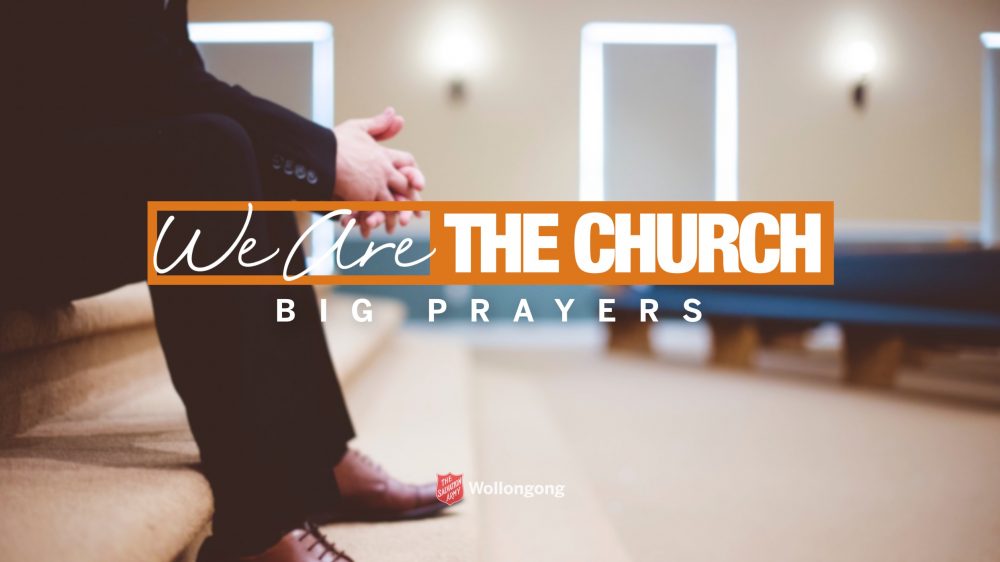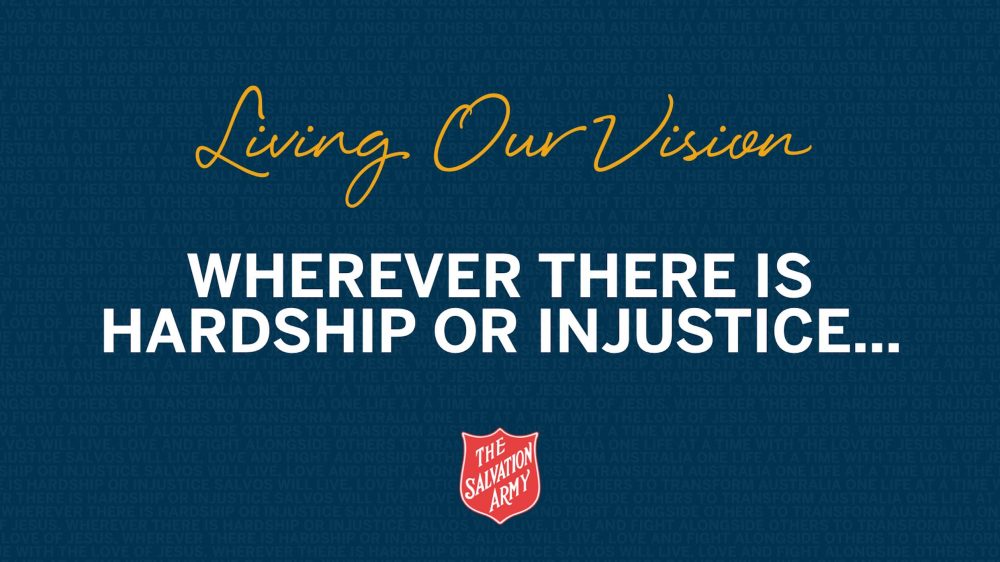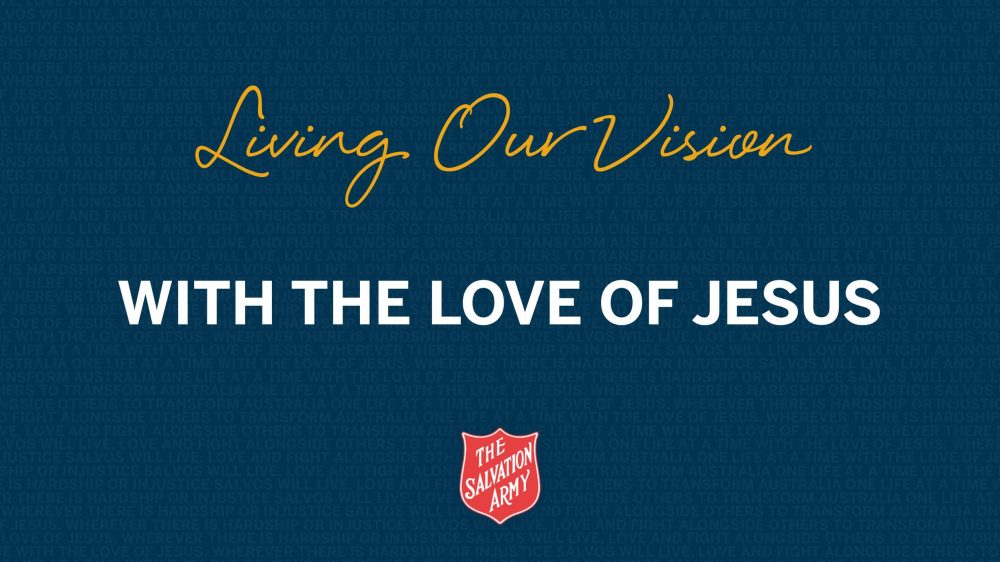Loading Content...
Share a Link to this Message
The link has been copied to your clipboard; paste it anywhere you would like to share it.
CloseRebecca Inglis - June 16, 2019
Big Prayers

The fight-or-flight response, also known as the acute stress response, refers to a physiological reaction that occurs in the presence of something that is terrifying - either mentally or physically. The response is triggered by the release of hormones that prepare your body to either stay and deal with a threat, or run away to safety. This term ‘fight-or-flight’ represents the choices that our ancient ancestors had when faced with danger in their environment. The fight-or-flight response plays a vital role in survival. When we see a gazelle being chased by a lion, we are witnessing an animal experiencing this biochemical reaction. Without the response, the gazelle would not have the energy to flee and would certainly die. Similarly, this response can protect humans from attackers, help them escape natural disasters, and ensure that the body is mobilised when other threats are present. The Apostle Peter responded to difficult times in various ways. Peter went into fight mode when he chopped off the ear of the high priest’s servant when Jesus was arrested in the Garden of Gethsemane (John 18:10). Only a few hours later, we see an example of Peter going into flight mode when he denied knowing Jesus three times, fearing he too would be taken into custody. He just ran away (Luke 22:60-62). While these are natural responses to difficult and dangerous circumstances, following Jesus’ resurrection and the coming of the Holy Spirit, we see Peter respond in another way entirely. In Acts 4, Peter, doesn’t fight or flight. What he does is pray, and it’s not just any prayer. What Peter and the other believers pray here, is one of the most powerful prayers of all time. Prayer - big, bold prayer - was essential for the early church and is essential for the continued movement of the church of God today.
Scripture References: Acts 4:24-35, Acts 4:12-14
From Series: We Are The Church | More Messages from Rebecca Inglis | Download Audio









